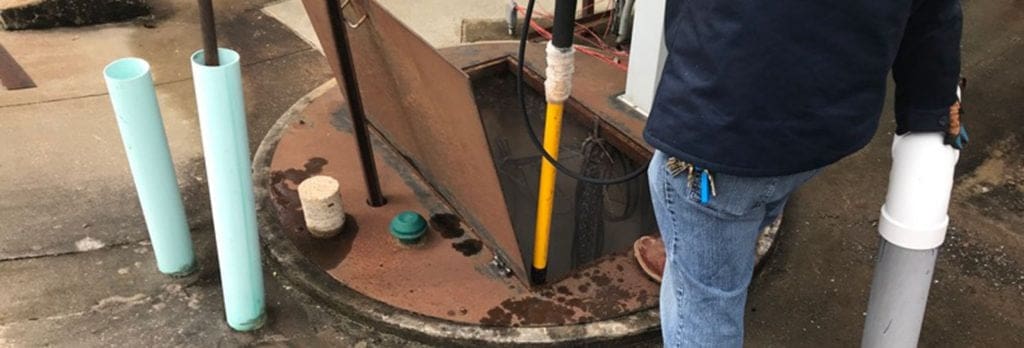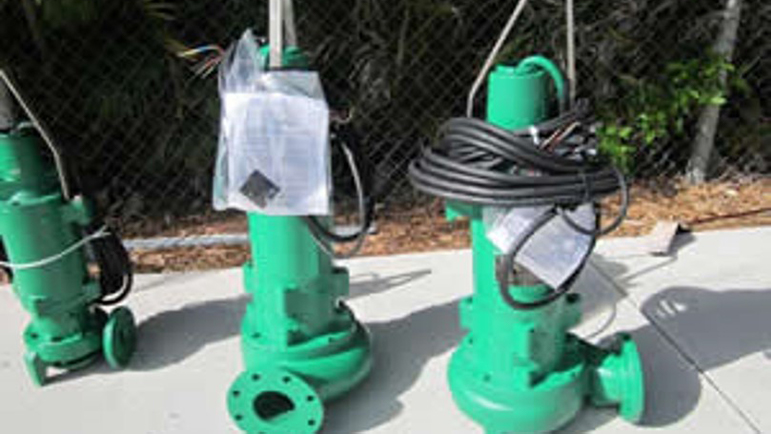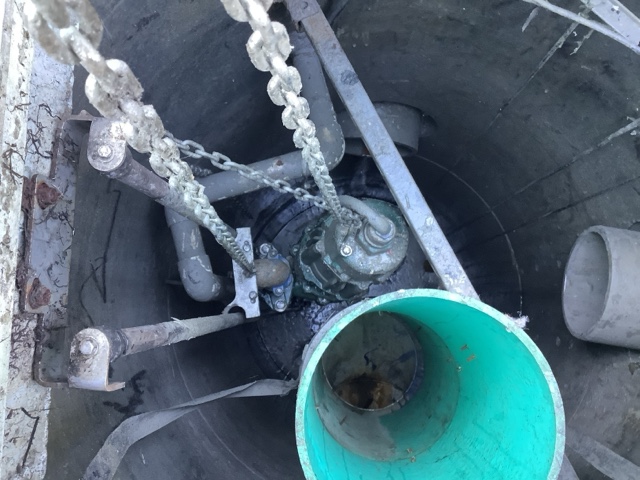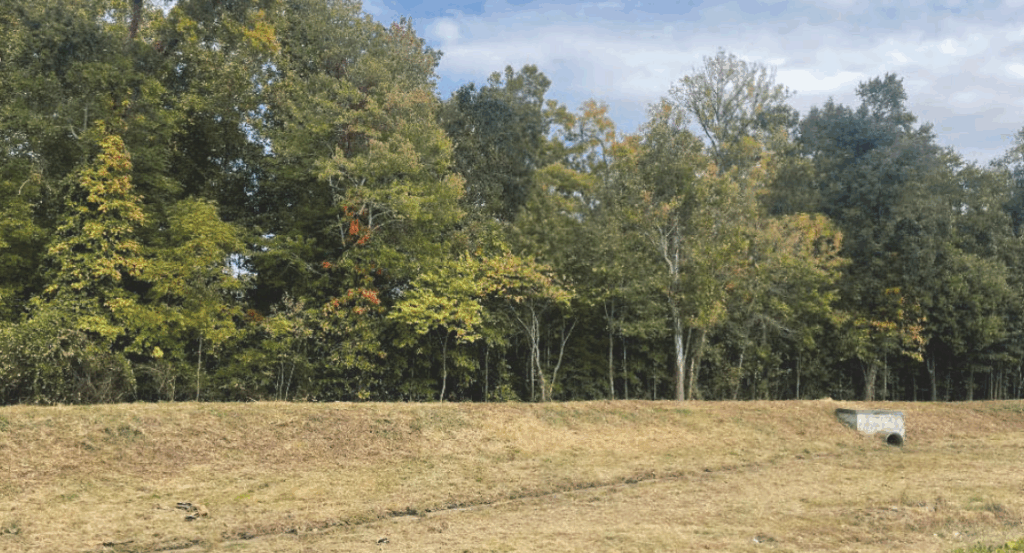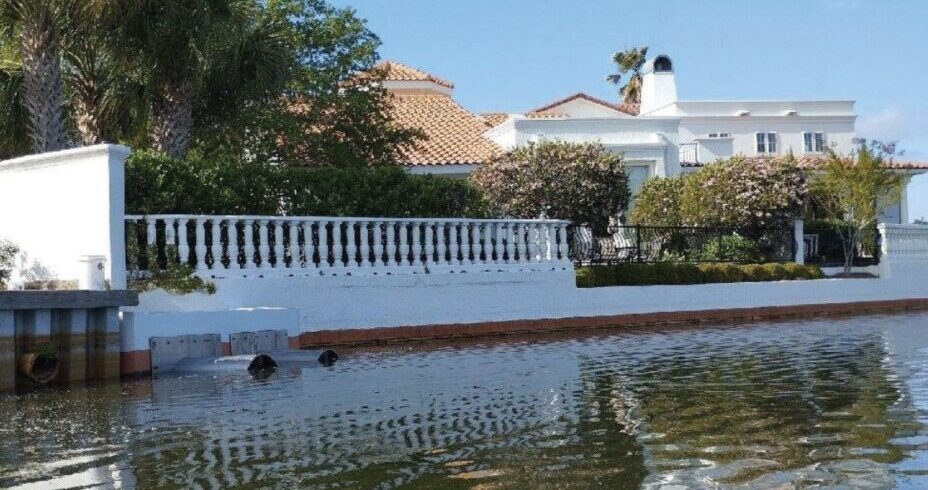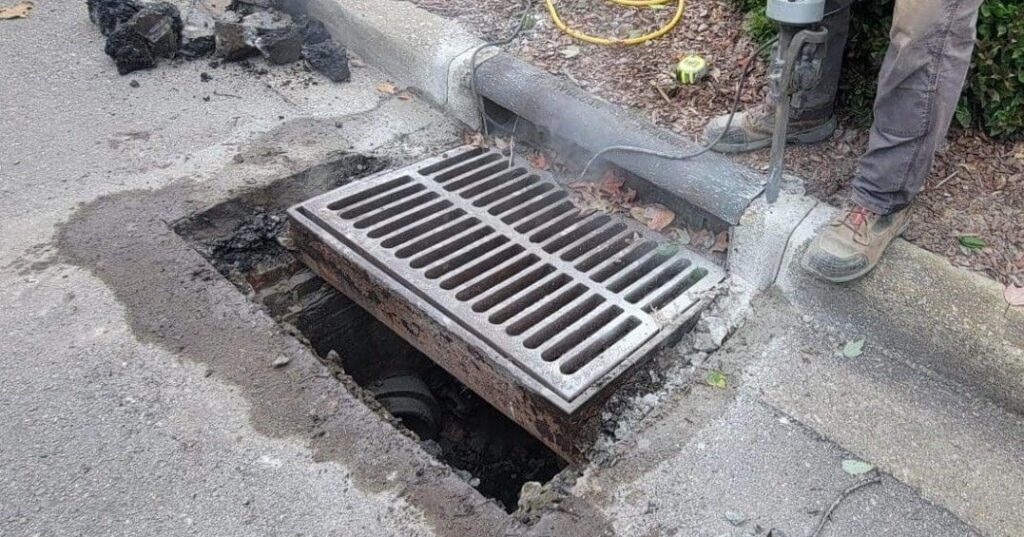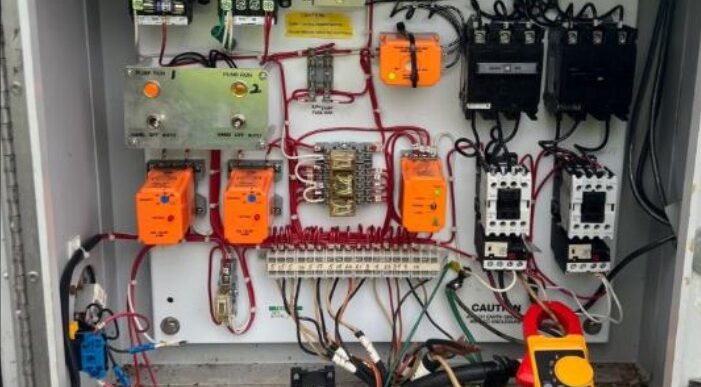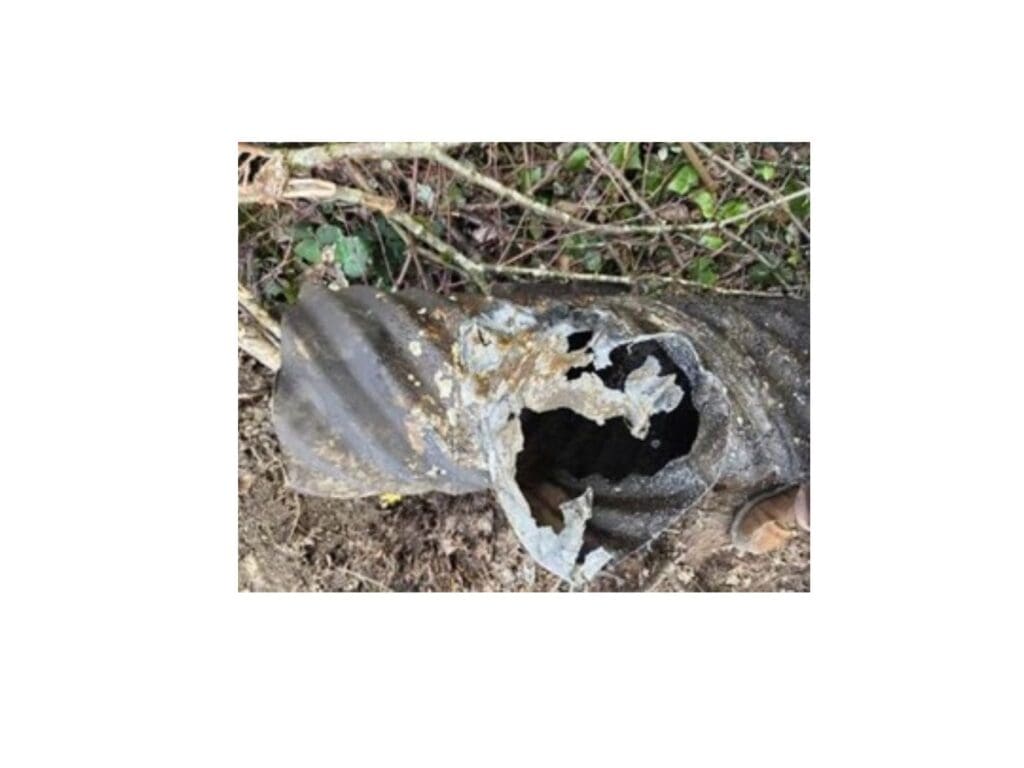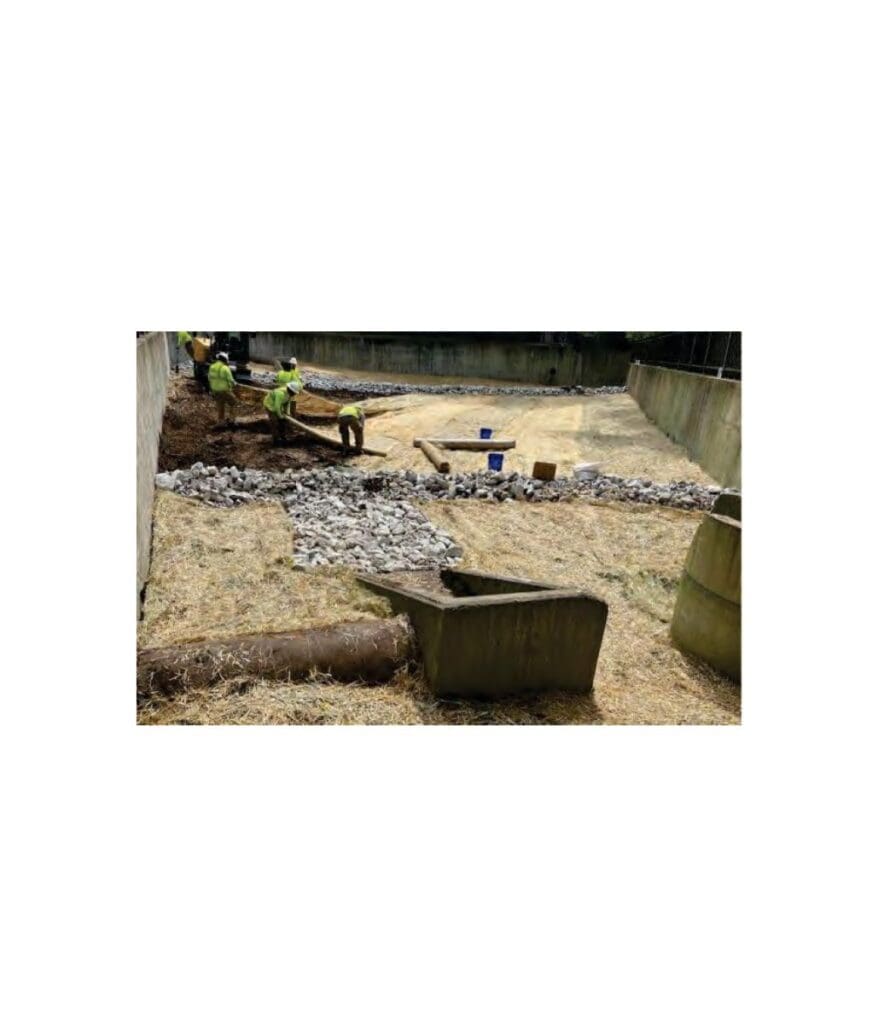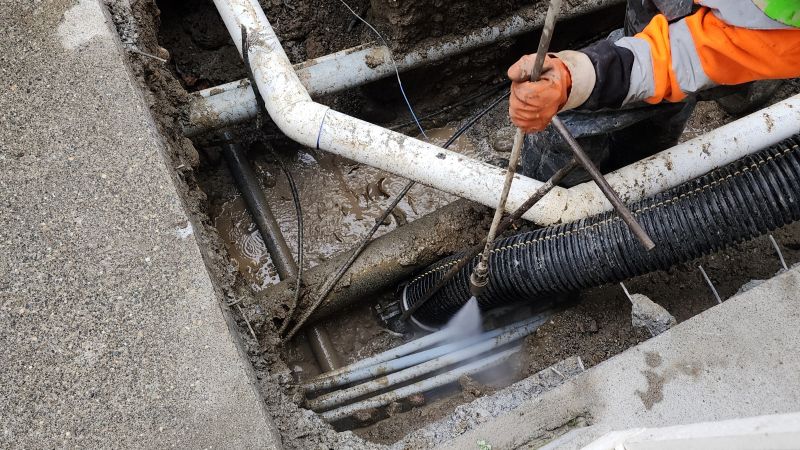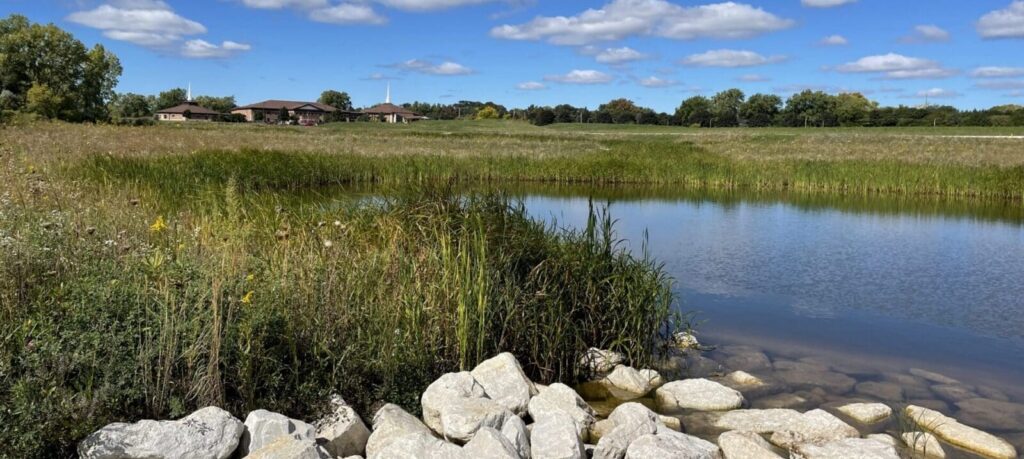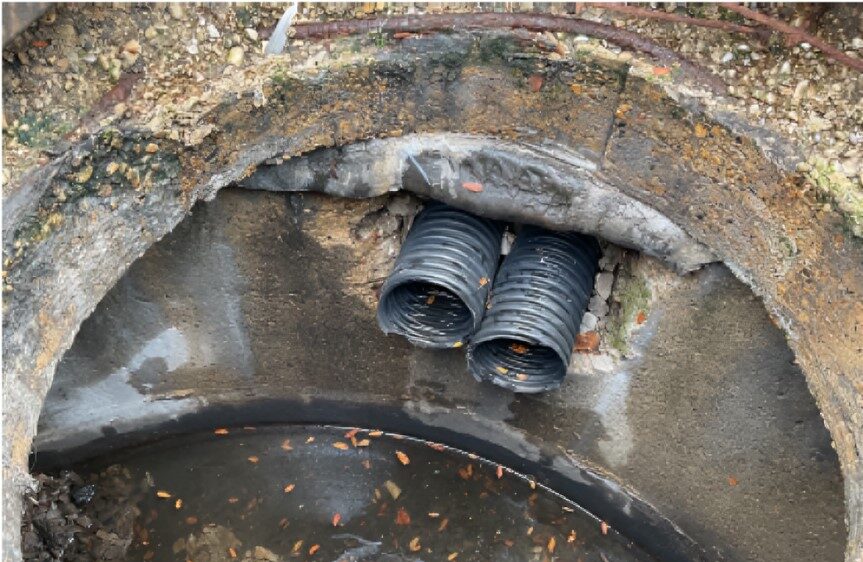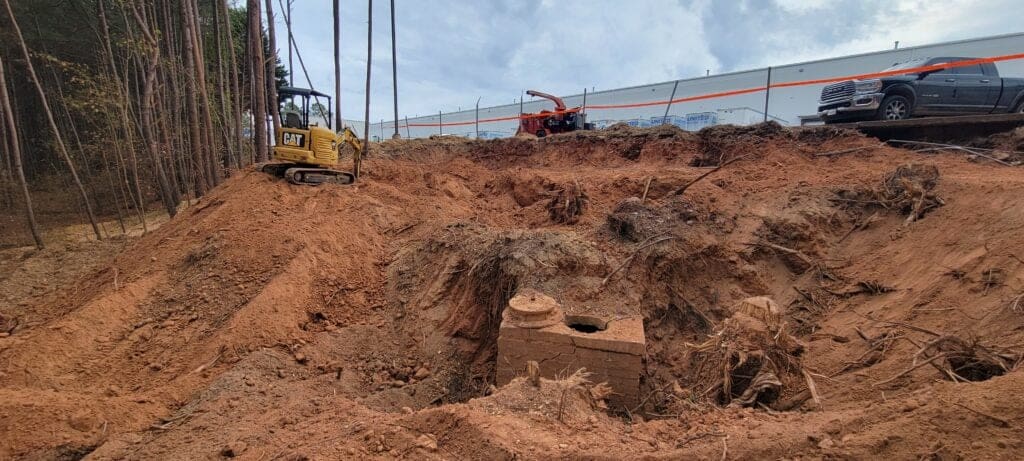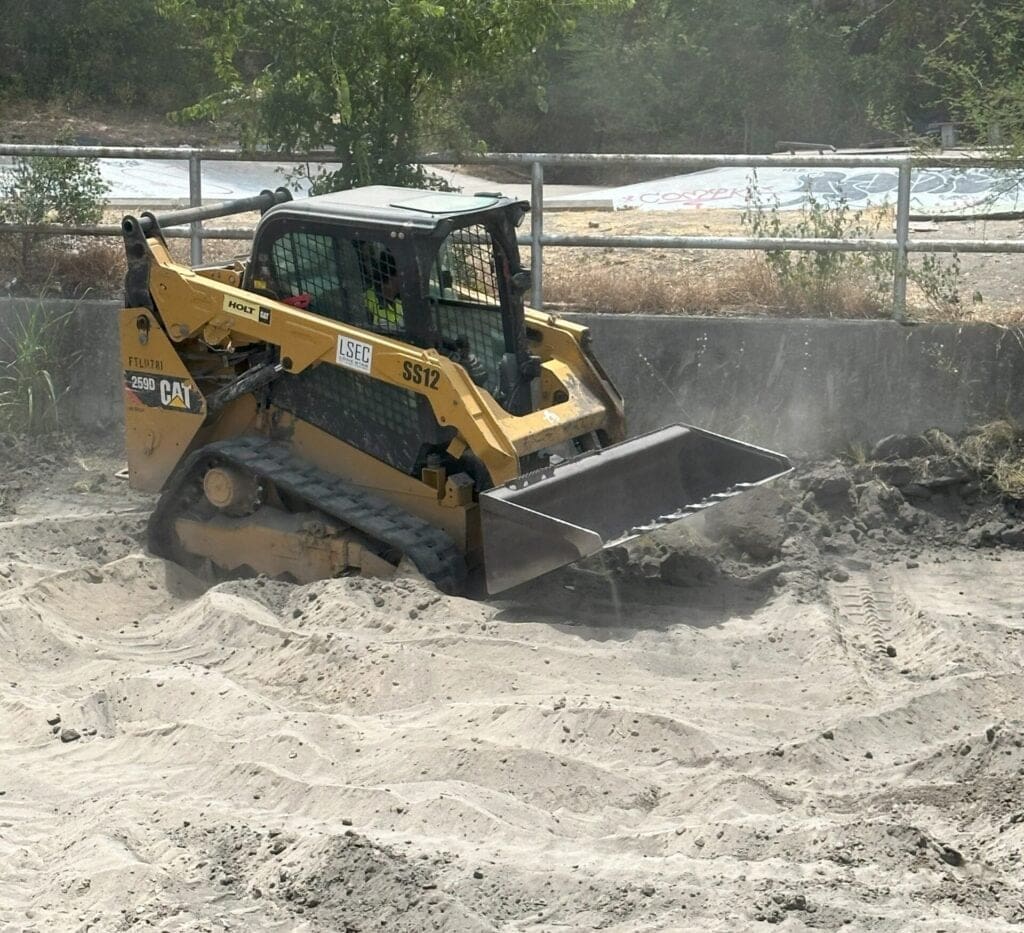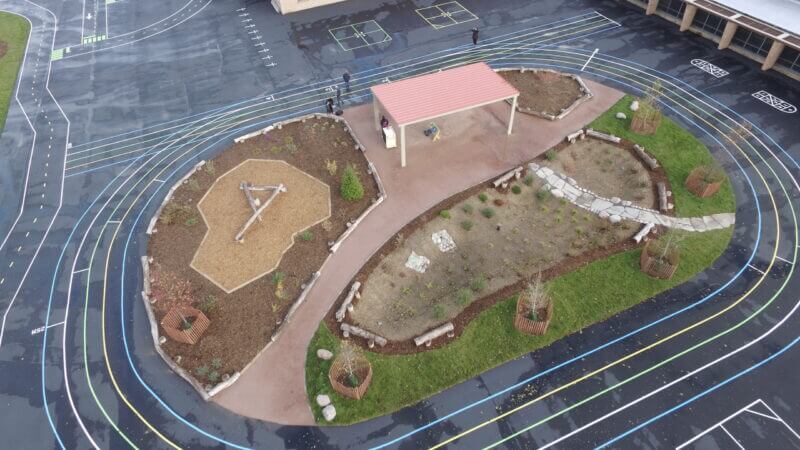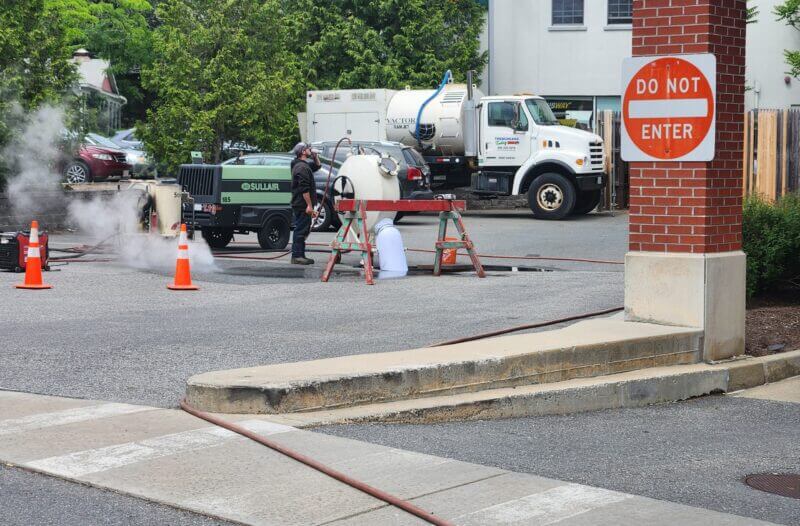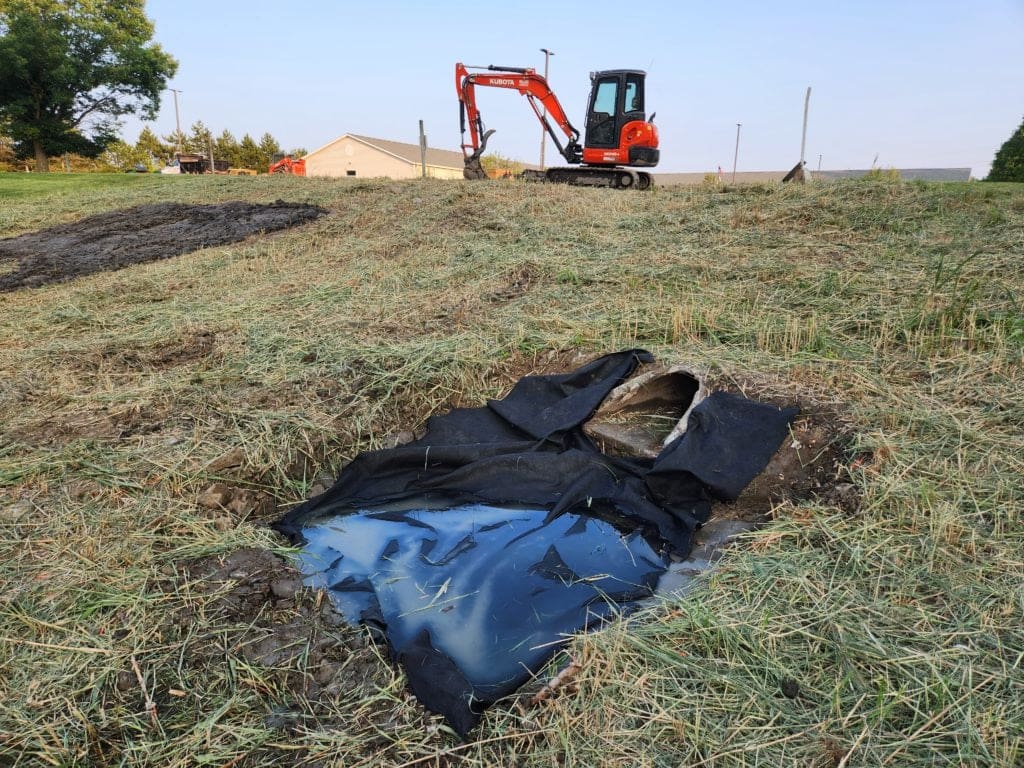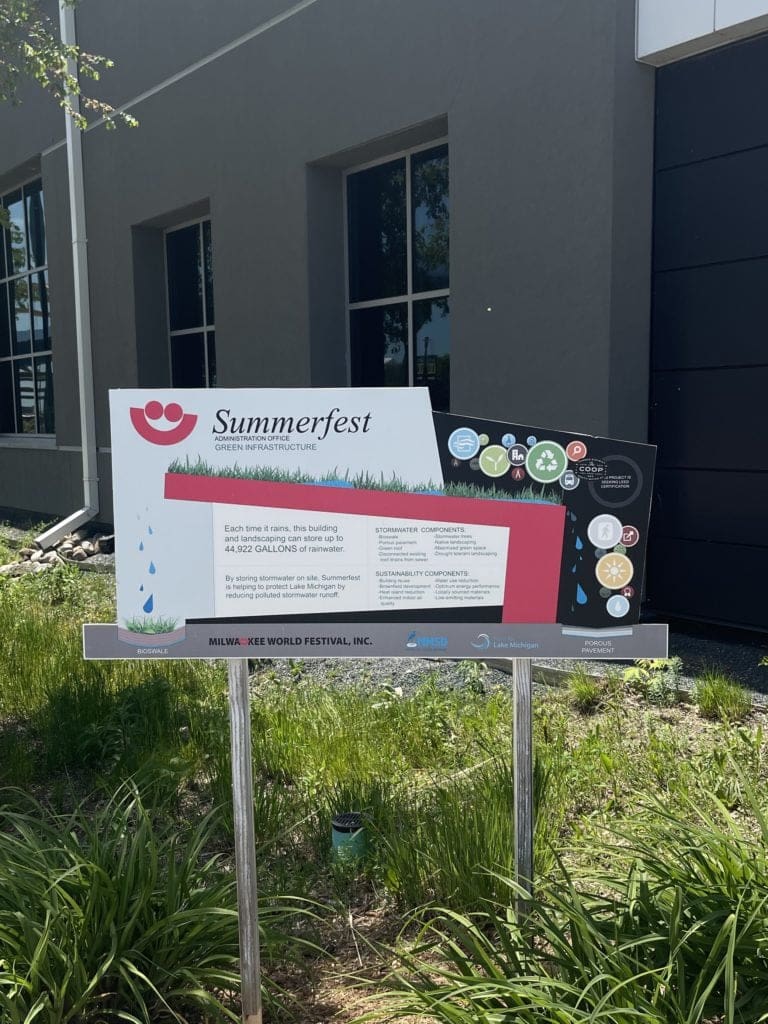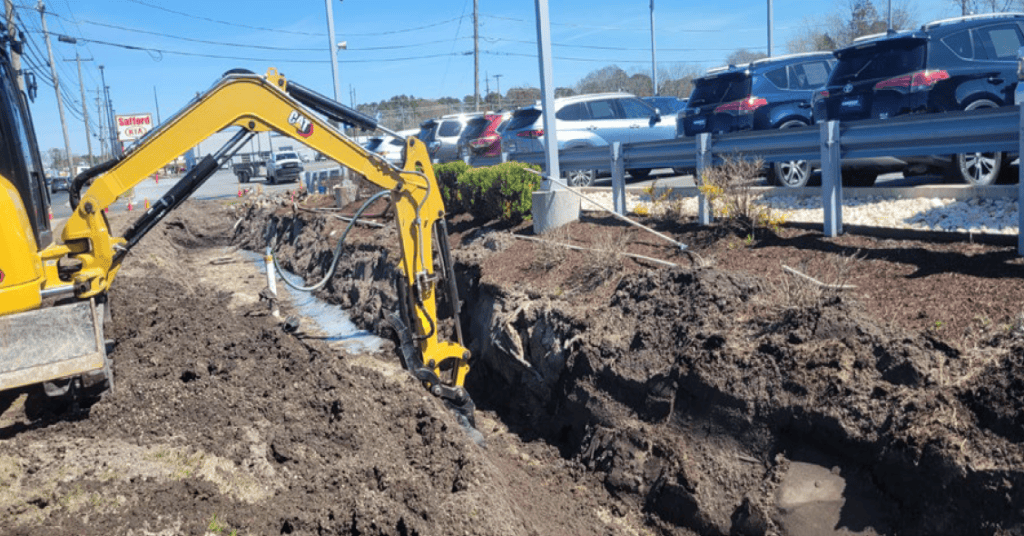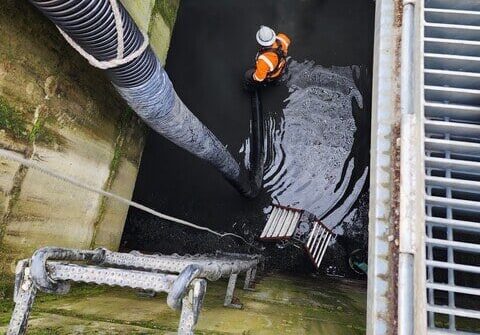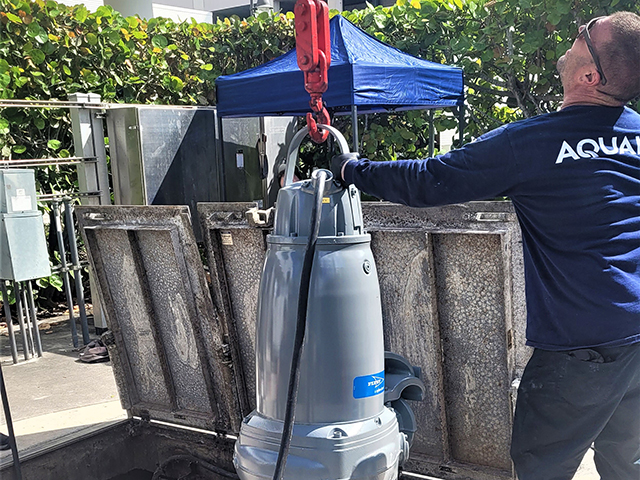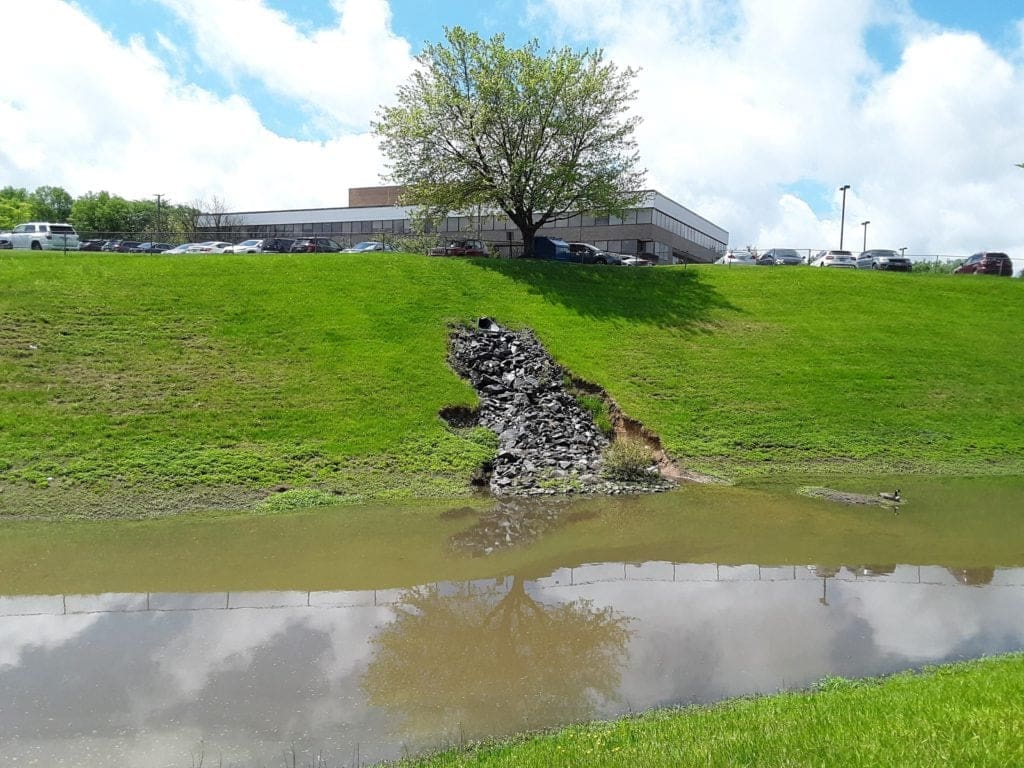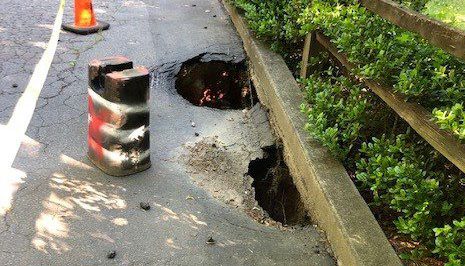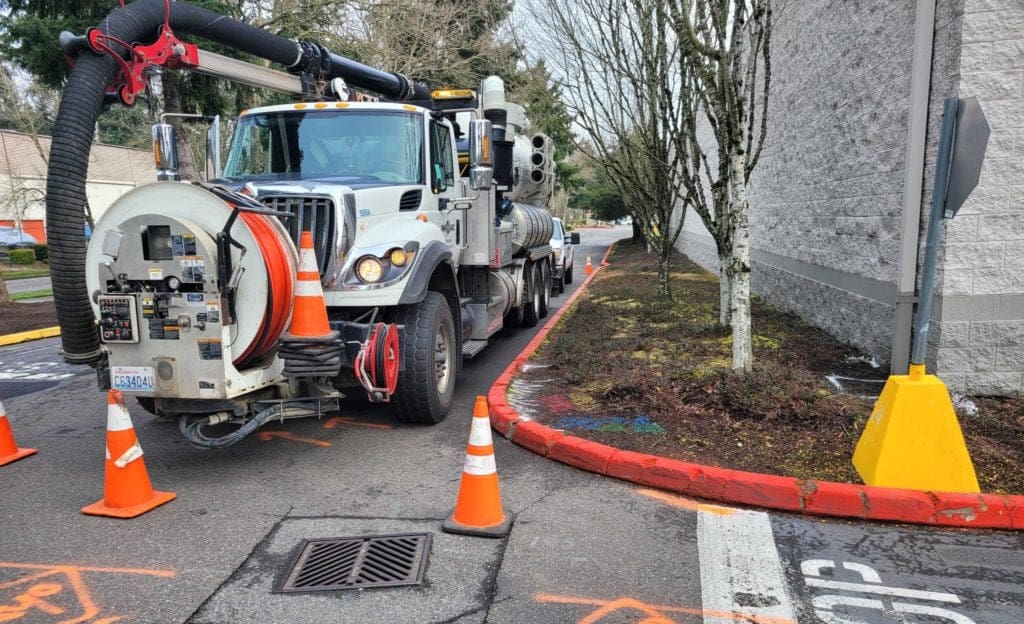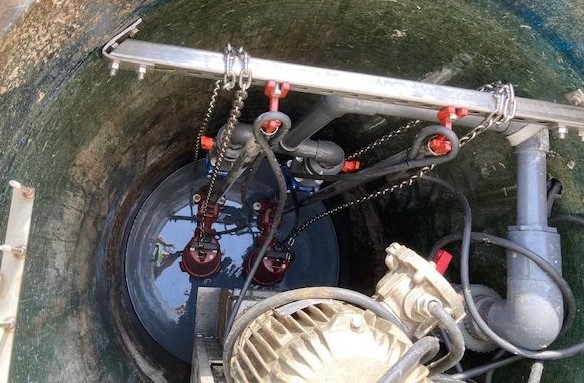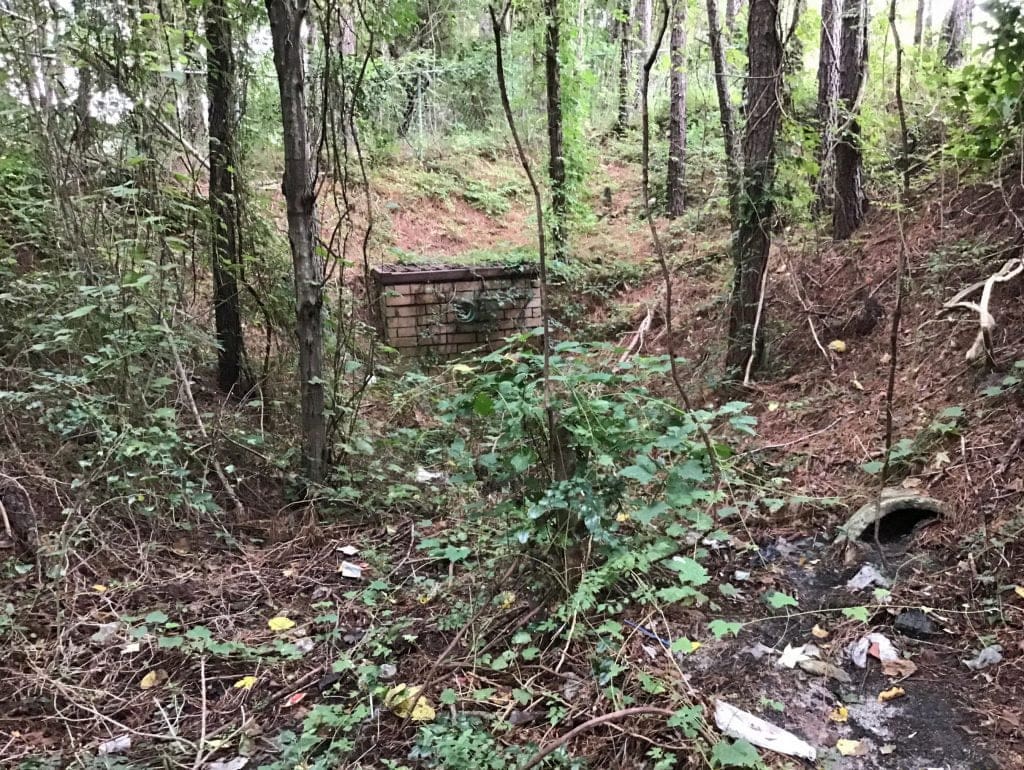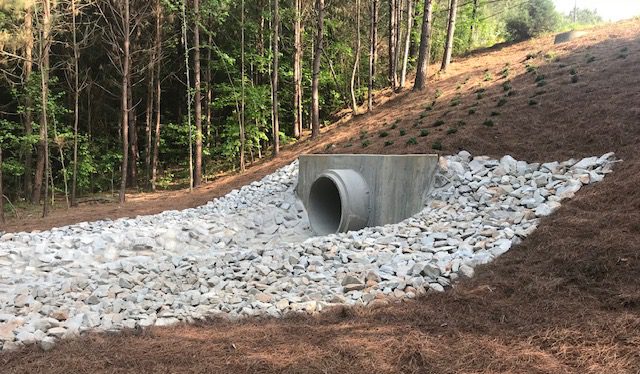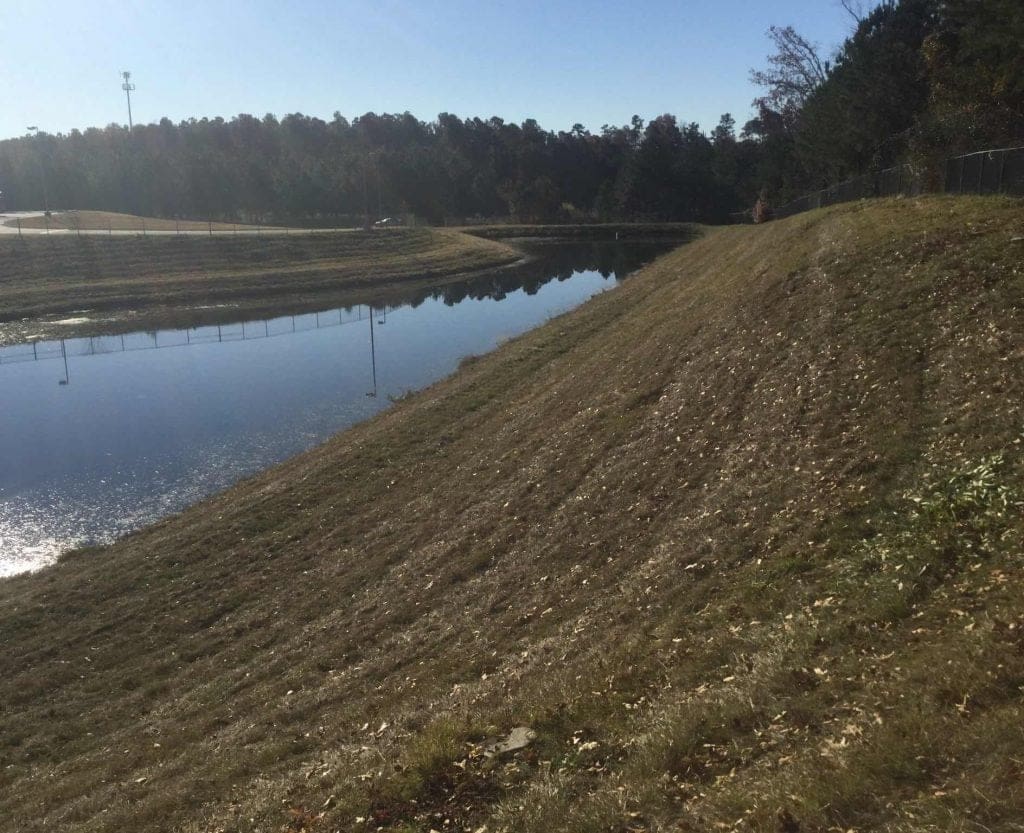Commercial Lift Station Management Services

What Are Lift Stations?
A lift station is present in facilities when gravity flow is not an optimal choice due to elevation or restrictions. Lift station systems can be utilized in both sanitary and stormwater applications.
Lift stations are also commonly referred to as dock pumps, sump pumps, sewage ejectors, pump stations, or lift pumps. These systems require regular inspection and maintenance to sustain proper performance despite the unique stresses your system experiences.
Services


Nationwide Services
Review our locations and find your local representative with our interactive search.
Lift Station Maintenance, Repair and Inspections
When these stations are not maintained, the system can back up, overheat, or fail. AQUALIS provides overall management, maintenance, repair, and inspections of lift stations to help prevent system malfunctions.
AQUALIS can customize a lift station program to meet the specific needs of our customers for single sites or multi-state organizations.
AQUALIS offers:
- Pump Installation or Replacement
- Diagnostic Testing
- Leak Detection and Repair
- Grinder Installation
- Flood Management
- Wet Well Cleaning
- Line Clearing and Jetting
- General Troubleshooting
- Emergency Response
What is a lift station?
Lift stations are a collection point for stormwater or wastewater that utilizes pump mechanics to move the flow upstream.
How often should my lift station be inspected?
Inspection frequency depends on frequency of use and local regulations. Jacksonville, FL has the strictest regulations, requiring monthly inspections. Regularly inspecting your lift station limits the likelihood of system failure and backups.
How do I prevent lift station clogs?
Installing a grinder or screen in your lift station will ensure large debris is collected or shredded. Most often clogs are due to flushed wipes, diapers and large plastics that are not flushable.
What are signs a lift station needs maintenance?
Unusual noises and vibrations are signs that your lift station may not be functioning correctly. Similarly, visible flooding or smells also indicate the lift station is failing.
How do I ensure long-term reliability of my lift station?
With regular maintenance and inspections lift station pumps are designed to last 7 to 10 years. Small repairs may be necessary to ensure floats and sensors are working properly, but responsibly managing these issues will prevent rehabilitations or failures.
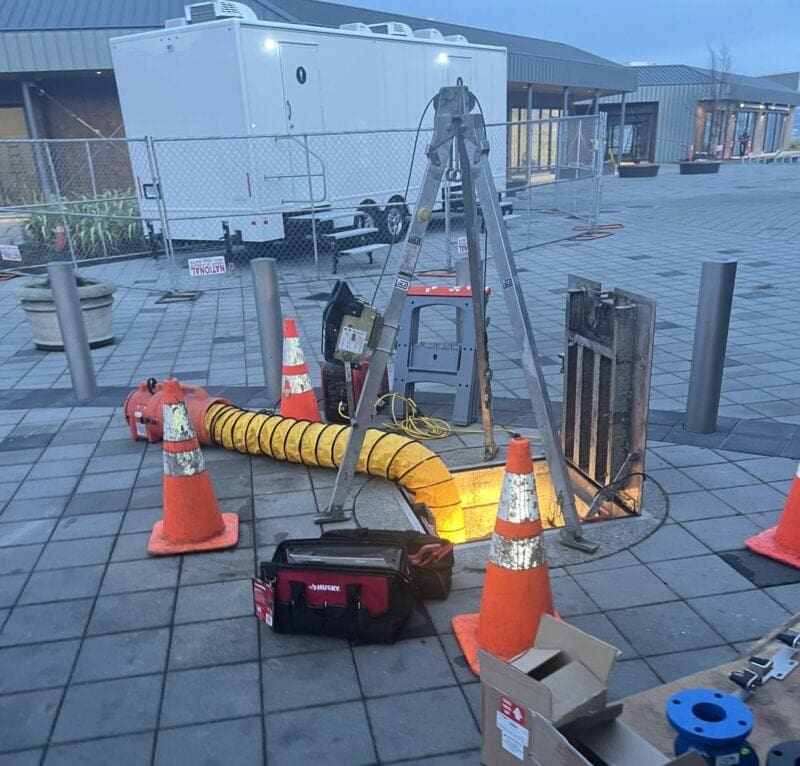
During planned retrofit of this property, the client proactively inquired about increasing the capacity of this lift station.
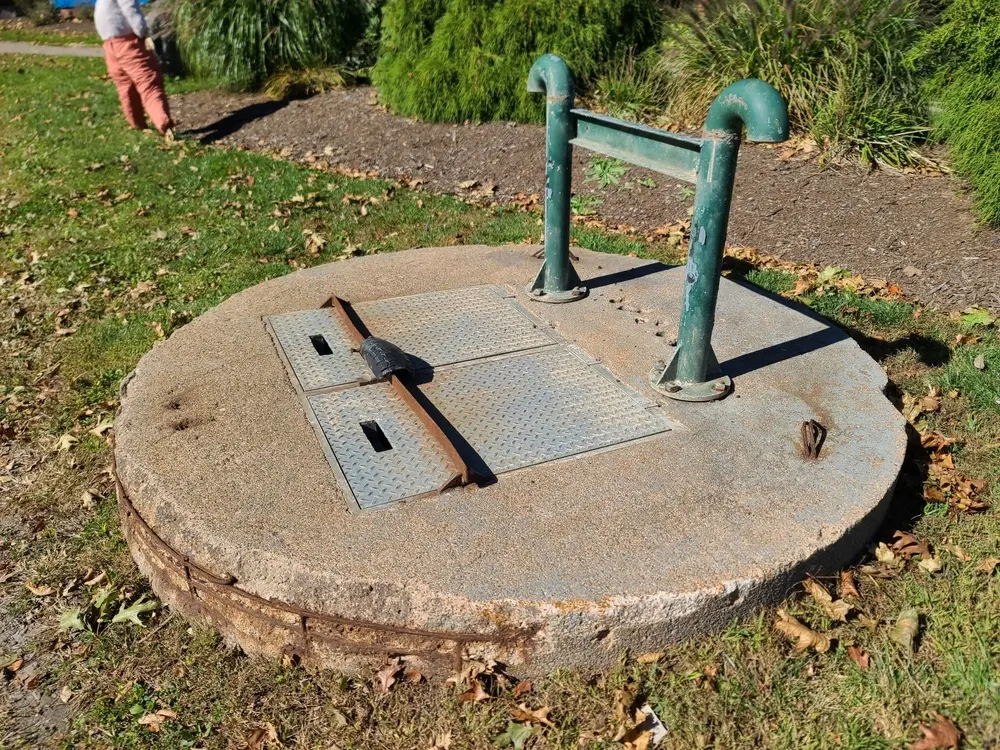
Learn more about how lift stations function and how to eliminate failures.
Case Studies
Did you receive an NOV? Have an urgent need? We can help.
Reach out to an AQUALIS representative today.




